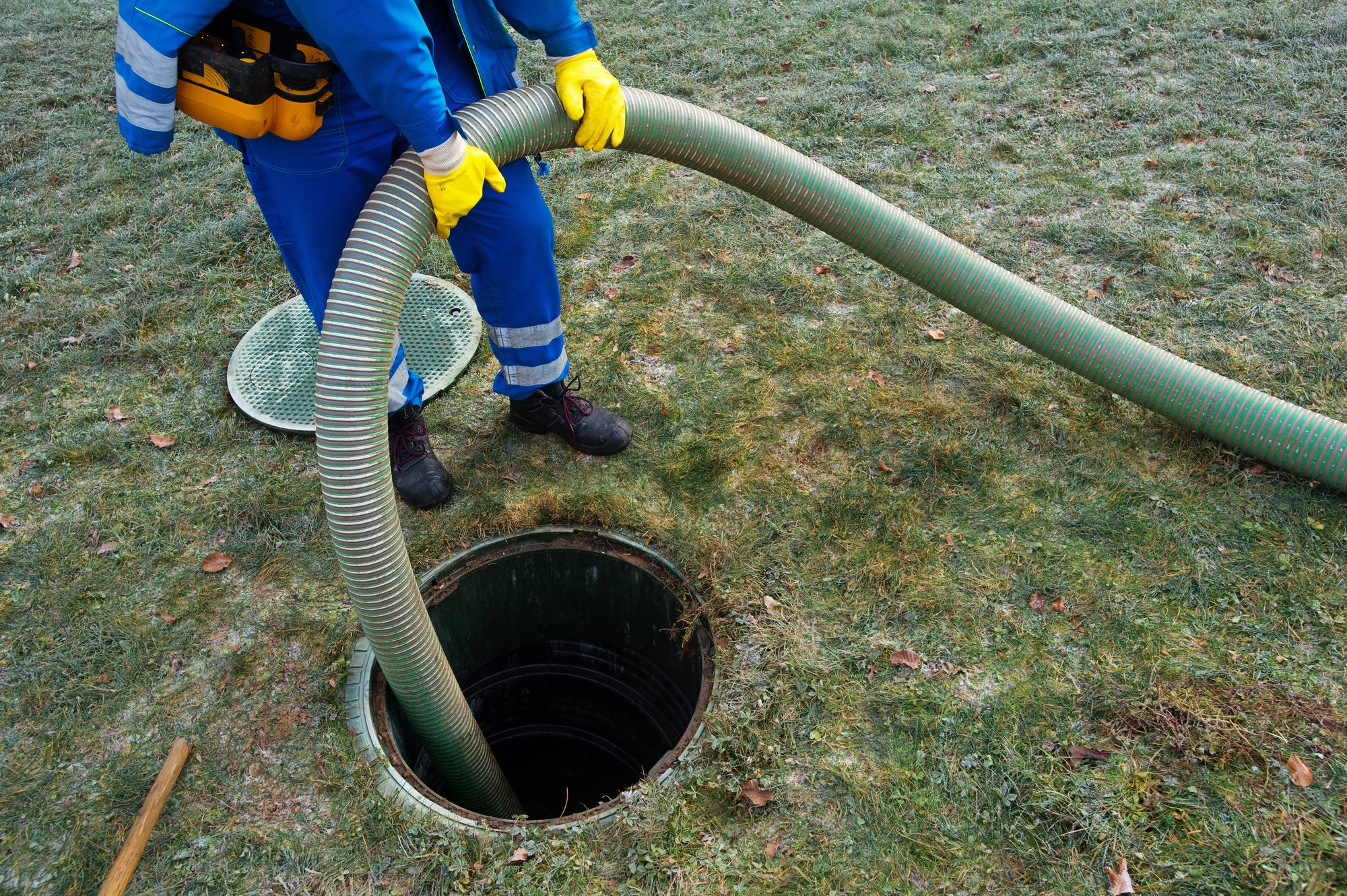Septic System Repair: Essential Tips for Homeowners
Septic system repair is crucial for maintaining a healthy home environment. A septic system treats and disposes of household wastewater. When it fails, it can lead to costly damage and health risks. This guide will help you understand the signs, causes, and steps involved in septic system repair. Whether you are a homeowner or a renter, this information is valuable. Let's dive deep into the world of septic systems and how to keep them in top shape.

Understanding Septic Systems
A septic system is an underground treatment system. It treats wastewater from your home. This system includes a septic tank and a drain field. The septic tank separates solids from liquids. The drain field then filters the liquid waste into the soil. This process helps keep your environment clean and safe.
Septic systems are common in rural areas. They are especially useful where centralized sewer systems are not available. Proper maintenance of these systems is essential. Poor maintenance can lead to system failure and environmental hazards.
Signs Your Septic System Needs Repair
Knowing the signs of a failing septic system can save you time and money. Here are some common indicators:
- Slow Drains: If your sinks, tubs, and toilets are draining slowly, it might be a septic issue.
- Bad Odors: Unpleasant smells around your home or yard can signal septic problems.
- Water Backups: Sewage backups in your home indicate a serious septic problem.
- Wet Spots: Puddles or wet areas in your yard can mean your drain field is failing.
- Green Grass: Lush, green grass over your septic tank or drain field can indicate leaks.
If you notice any of these signs, it's time to take action. Ignoring them can lead to more severe problems and costly repairs.
Common Causes of Septic System Failure
Understanding the causes of septic system failure helps in preventing them. Here are some common causes:
Poor Maintenance: Regular maintenance is key to a healthy septic system. Failure to pump the septic tank regularly can lead to clogs and overflows.
Excessive Water Use: Using too much water can overload your septic system. This can cause the system to fail.
Flushing Non-Biodegradable Items: Items like wipes, diapers, and feminine products can clog the system.
Tree Roots: Tree roots can invade and damage the septic system components.
System Age: Older systems are more prone to failure. Regular inspections can help identify issues early.
By understanding these causes, you can take steps to prevent septic system failure and ensure a longer lifespan for your system.
Steps for Septic System Repair
Repairing a septic system involves several steps. Here is a simple guide:
Inspection: The first step is to inspect the system. A professional will check the septic tank and drain field for issues.
Pumping: Pumping the septic tank is crucial. This removes the solid waste that can cause clogs.
Cleaning: Cleaning the pipes and drain field helps restore proper function.
Repair or Replace: Damaged components may need repair or replacement. This includes pipes, the septic tank, or the drain field.
Regular Maintenance: After repair, regular maintenance is essential. This includes regular inspections and pumping.
Following these steps can help restore your septic system to proper working condition. Always consult a professional for serious issues.
Importance of Regular Septic System Maintenance
Regular maintenance is key to a healthy septic system. It helps prevent costly repairs and ensures the system works efficiently. Here are some maintenance tips:
Regular Pumping: Pump your septic tank every 3-5 years. This depends on the size of your tank and household usage.
Water Conservation: Use water efficiently to avoid overloading the system. Fix leaks and use water-saving fixtures.
Proper Disposal: Dispose of waste properly. Avoid flushing non-biodegradable items down the toilet.
Inspection: Regular inspections can help identify issues early. This prevents costly repairs.
By following these tips, you can ensure your septic system remains in good condition. This helps protect your home and the environment.
Conclusion
Septic system repair is essential for maintaining a healthy home environment. Understanding the signs of failure, common causes, and repair steps can help you address issues early. Regular maintenance is crucial to prevent problems and ensure your system works efficiently. By following the guidelines in this article, you can keep your septic system in top shape and avoid costly repairs. Remember, a well-maintained septic system not only protects your home but also the environment